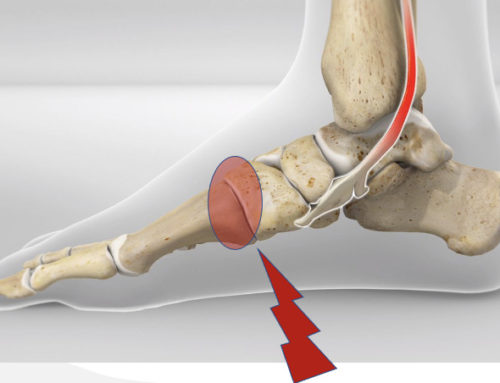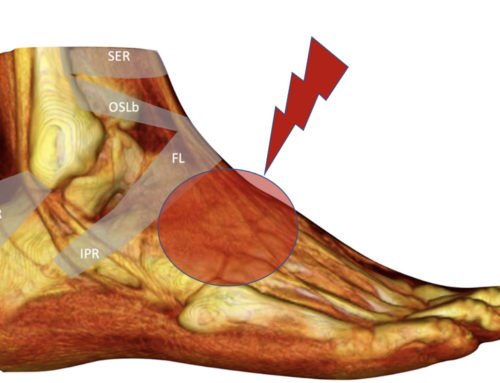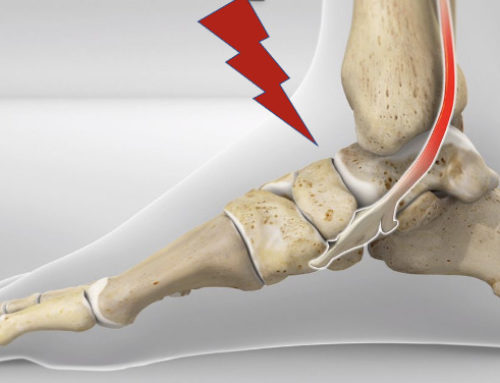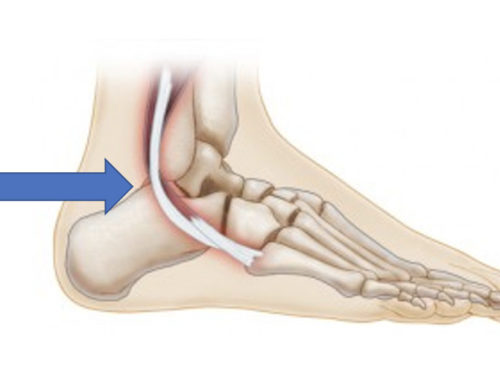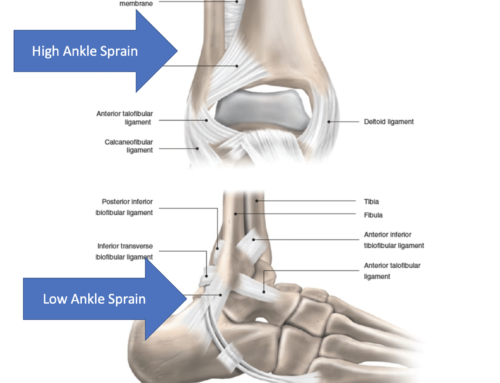Heel Bursitis and Achilles Tendon Injuries Symptoms, Causes, and Treatment
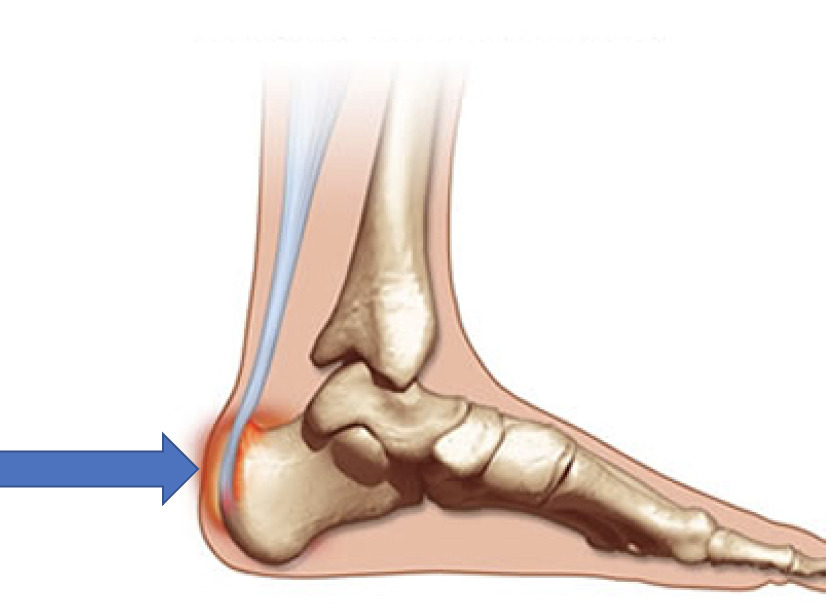 Retrocalcaneal or Heel Bursitis occurs when the retrocalcaneal bursa becomes inflamed and painful. The retrocalcaneal bursa is a fluid-filled or cushioning sac between the Achilles tendon and heel bone. This heel bursitis can occur with Achilles tendon injuries, Haglund’s deformity (enlarged heel), arthritis, or repetitive stress such as running.
Retrocalcaneal or Heel Bursitis occurs when the retrocalcaneal bursa becomes inflamed and painful. The retrocalcaneal bursa is a fluid-filled or cushioning sac between the Achilles tendon and heel bone. This heel bursitis can occur with Achilles tendon injuries, Haglund’s deformity (enlarged heel), arthritis, or repetitive stress such as running.
Causes
The Retrocalcaneal bursa is an important structure that prevents the compression and friction occurring between the Achilles tendon and heel. Heel Bursitis generally occurs when a movement is repeated frequently enough that injury begins to occur to the bursa, Achilles, and ankle. Chronic causes include repeated ankle, heel, or Achilles injuries and arthritis.
Activities that cause bursitis of the retrocalcaneal bursa:
- Running
- Jumping
- Tight-fitting shoes
Share This Story, Choose Your Platform!
Symptoms
Bursitis in the foot, heel, and ankle generally includes symptoms of pain and swelling around the heel and Achilles tendon. Squeezing or pressing the Achilles tendon and retrocalcaneal bursa close to the heel is painful and may be warm to the touch. Cracking sounds above the heel may be heard with foot flexion.
Treatment
Retrocalcaneal Bursitis is generally treated conservatively and only the most severe bursitis cases need ultrasound-guided cortisone injections.
Best treatment methods to date for retrocalcaneal bursitis include:
- NSAIDs- Over the counter anti-inflammatory medications are for symptom reduction only
- Activity modification- Rest from provocative activities causing strain on the heel, foot, and ankle
- Footwear- Change of shoes, cleats, or reducing how tightly shoes are tied may reduce strain and increase bursae health.
- Bursal pumping- Manual pumping of the excessive fluid to reduce swelling and stimulate healing
- Activity modification
- Foot biomechanical faults- Ensuring that normal mechanics of the foot are restored such as big toe extension, ankle dorsiflexion, subtalar joint, and mortise joint treatment.
- Stretching exercises- Stretching of the gastrocnemius and soleus muscles to reduce Achilles
How To Diagnose Ischial Bursitis?
Ischial tuberosity bursitis can be quickly diagnosed by a proper physical assessment including hamstring muscle testing, palpation of a bursa, and if needed radiology special tests such as X-ray, MRI, or ultrasound.
Before beginning therapy, it’s important to assess for other conditions mimicking pain over the ischial tuberosity, including sciatic nerve pain, hamstring tendonitis, pudendal neuralgia, disc herniations, and inferior cluneal nerve pain.
Treatment
Ischial bursitis can resolve with time without any treatment, but over-the-counter pain can be helpful. In some severe cases, a corticosteroid injection can be needed, but the majority of ischial tuberosity pain can be relieved by manual therapy and rehab exercises for the glutes, hamstrings, and pelvic floor.
GET IN TOUCH WITH DR. DEAN
YOU should be able to move the way you’d like to move without experiencing pain. YOU should be able to experience freedom and energy knowing there’s nothing holding back from giving your life 110%. Dr. Dean would like to learn more about your challenges with a quick phone or email before beginning treatment. Contact him today.

